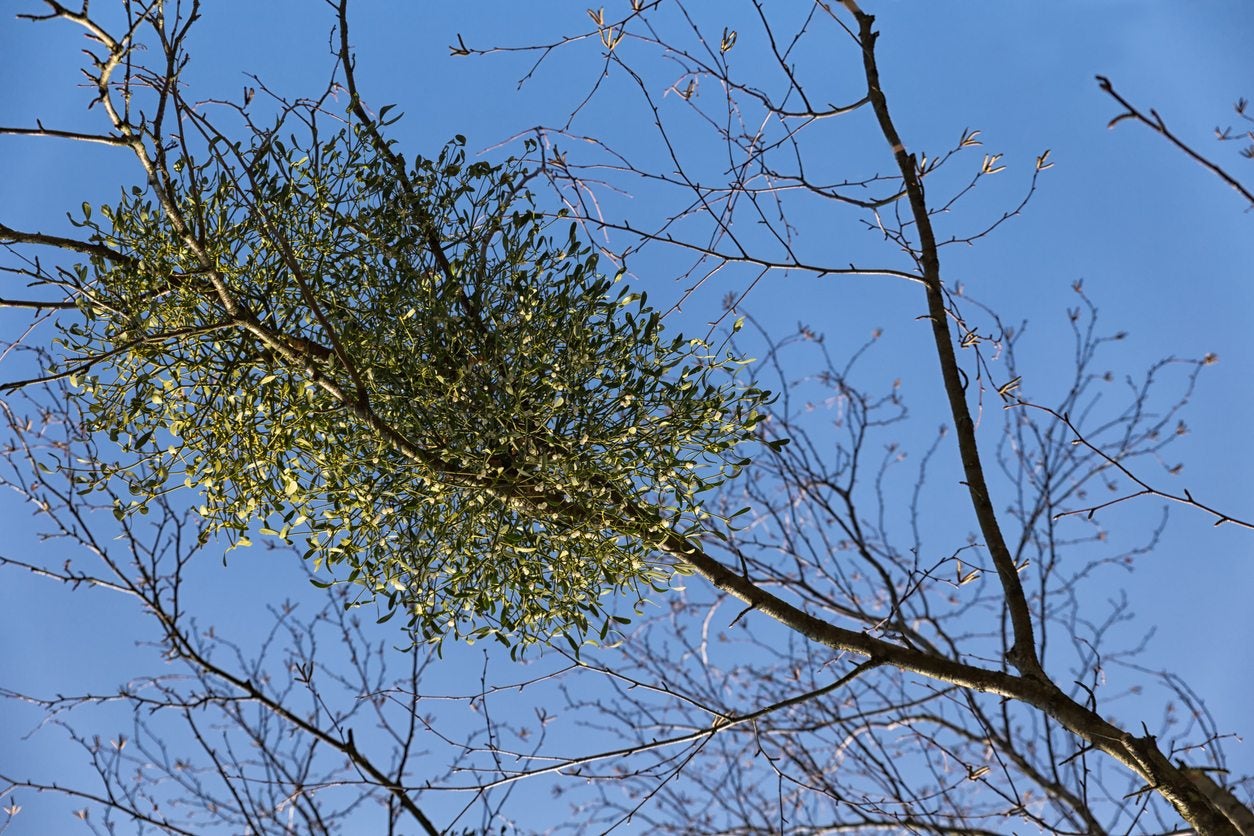What Is A Hemiparasitic Plant – Examples Of Hemiparasitic Plants


There are lots of plants in the garden that we devote almost no thought to. For example, parasitic plants exist in a wide range of conditions and they’re rarely discussed. This article is about hemiparasitic plants and the damage they can do to your landscape or garden.
What is a Hemiparasitic Plant?
Photosynthesis is an important process for plants everywhere, or so most people think. Smart gardeners, however, know that there are parasitic plants out there that derive some or all of their nutrients by stealing them from other plants. Just like parasitic animals feed on the blood of other animals, parasitic plants do much the same thing. There are two main types of plant parasites: hemiparasitic and holoparasitic. Hemiparasitic plants in gardens are of less concern than their holoparasitic counterparts. When looking at holoparasitic vs. hemiparasitic plants, the key distinguishing feature is how much of their nutrients are derived from other plants. Hemiparasitic plants photosynthesize, unlike holoparasitic plants, which do not. However, that’s not the end of the most important hemiparasitic plant info gardeners need. Since these plants are still parasites, they do utilize other plants to survive. By attaching to their host plants’ xylem, hemiparasitic plants are able to steal water and valuable minerals. Root hemiparasites are harder to detect, since they attach to their hosts below ground, but stem hemiparasites are obvious because they attach to the host’s trunk. Some root hemiparasites are able to complete their life cycles without a host, but all stem hemiparasites need a host to survive. Examples of hemiparasitic plants include:
- Mistletoe
- Indian sandalwood (Santalum album)
- Velvetbells (Bartsia alpina)
- Rattle plants (Rhinanthus)
- Indian paintbrush
Most of these plants look very much like freestanding agents, but they are, in fact, feeding off something nearby.
Do Hemiparasitic Plants Cause Damage?
Having parasites in the garden is obviously cause for alarm for many homeowners. After all, these plants are leaching important nutrients from somewhere – it could be beloved landscape plants. The truth is that it really depends on the plant and the condition of the host whether or not a hemiparasitic plant will cause considerable damage. Those that are already weakened or plants that are devoting all their resources to producing food will be hit much harder than healthy landscape plants. The first sign of hemiparasitic plants is always the actual appearance of the plant in the garden, but if you’re unfamiliar with the parasite, it might seem like a harmless weed or wildflower. The host plant, no matter how healthy, will almost certainly show some subtle signals. For example, a lush green bush that has a hemiparasite may suddenly fade a little or need more feedings. Always check for new plants in the garden before assuming your landscape is simply old or ill, as recovery could be as simple as killing the hemiparasite that’s making it difficult for your plant to get enough nutrients.
Sign up for the Gardening Know How newsletter today and receive a free copy of our e-book "How to Grow Delicious Tomatoes".

Kristi Waterworth was a regular contributor to Gardening Know How for many years, answering countless queries on plant pests and diseases.